in this article, I am going to provide very intresting knowledge about culvert construction and minor bridge construction. those culverts whose length is more than 6 m and less than 60 m are called minor bridges. the minor bridge is a basically combination of interesting culverts that pass through the different cells.
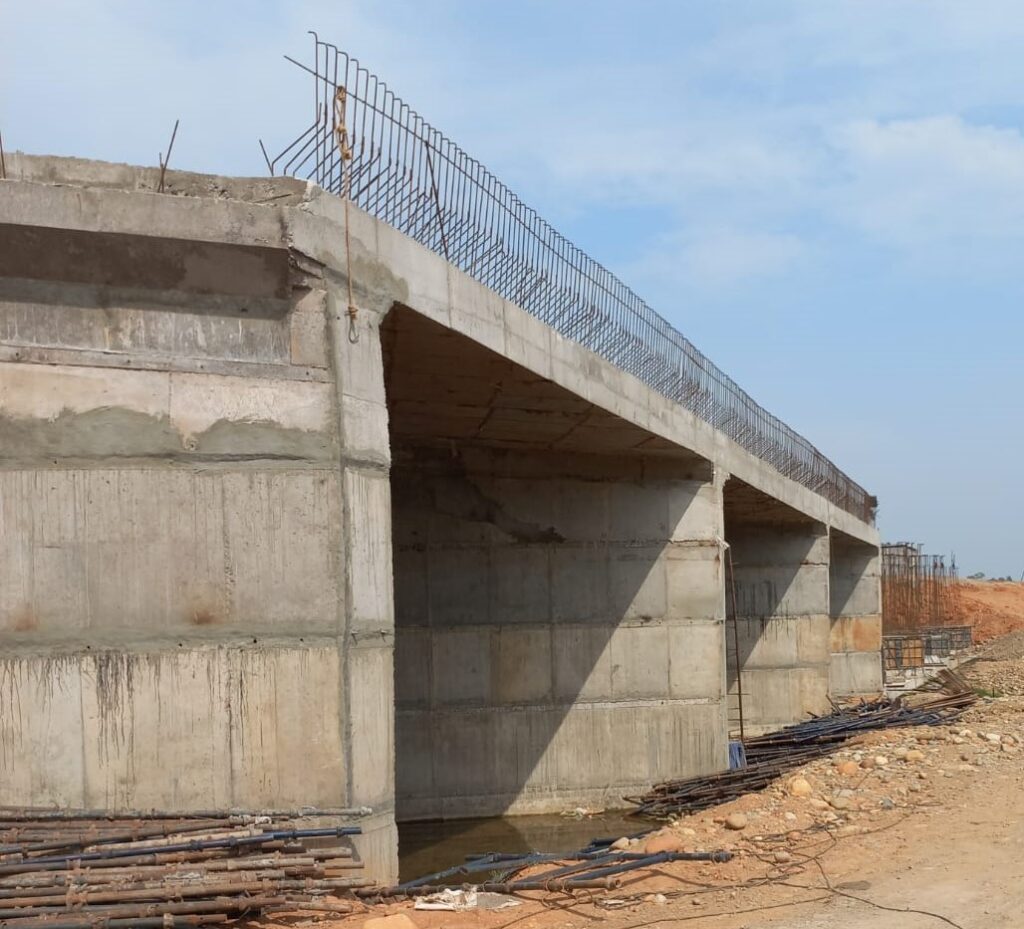
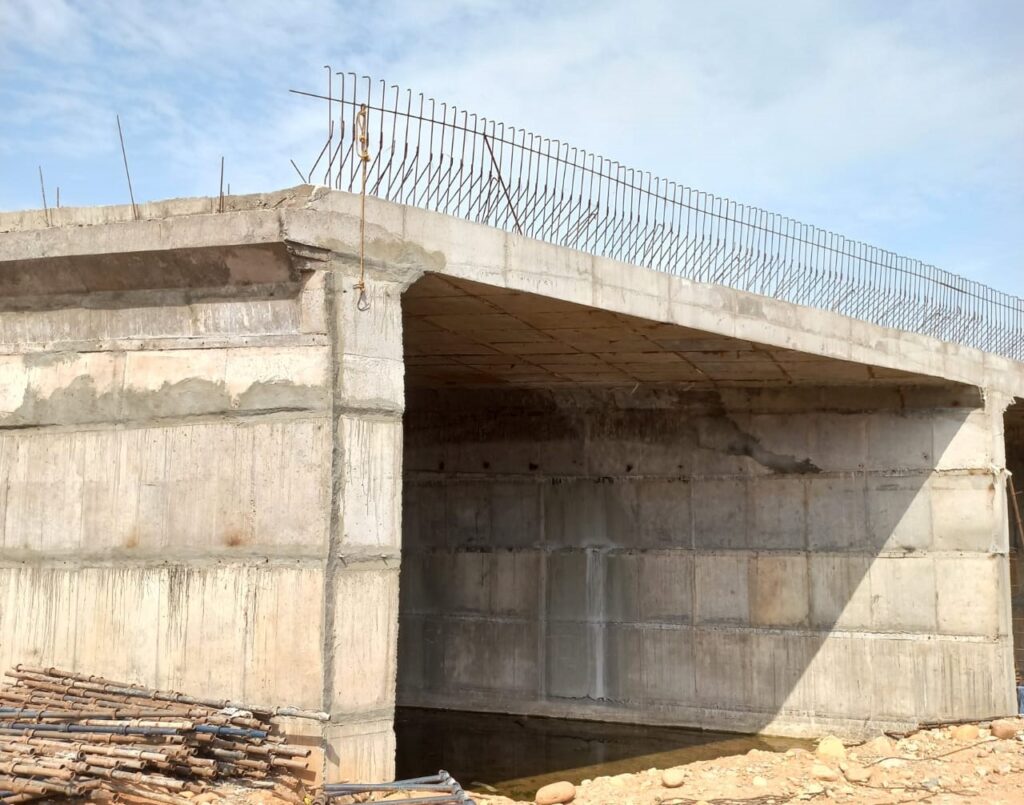
Culverts are crucial for managing water flow and maintaining infrastructure integrity. They might seem like simple structures, but they play a pivotal role in our everyday lives by preventing road washouts and controlling water drainage.
How Do Culverts Work?
Culverts are tunnel-like structures that allow water to pass under a road, railway, or similar obstruction. By providing a controlled pathway for water, culverts help in managing stormwater runoff, maintaining road safety, and protecting the surrounding environment. They are designed to handle specific water flow rates and volumes, ensuring that roads and railways remain functional and safe during heavy rains.
Types of Culverts
There are several types of culverts, each with its unique design and application. The main types include slab culverts, box culverts, and pipe culverts. Let’s discuss into each type to understand their structure, advantages, disadvantages, and typical uses.
Slab Culverts
Slab culverts consist of a flat slab supported on abutments or piers. They are typically constructed from reinforced concrete and are used for spans up to 6 meters.
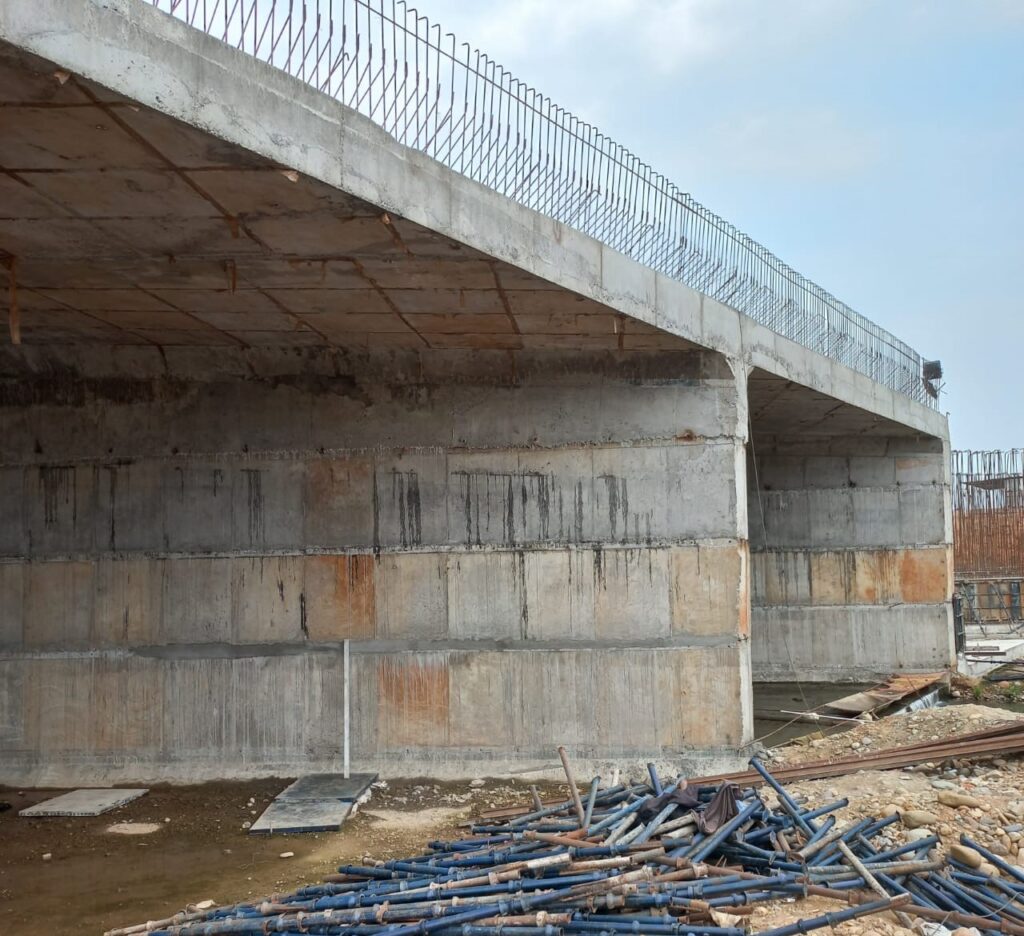
Slab culverts are highly durable and can withstand significant load stresses. and They require minimal maintenance over their lifespan. Slab culverts are commonly used in rural and urban roadways, providing a passage for water under roads with lower traffic volumes.
Box Culverts
Box culverts are rectangular structures made from concrete or masonry. They consist of a bottom slab, two vertical sidewalls, and a top slab. They can handle heavy loads, making them suitable for high-traffic areas.
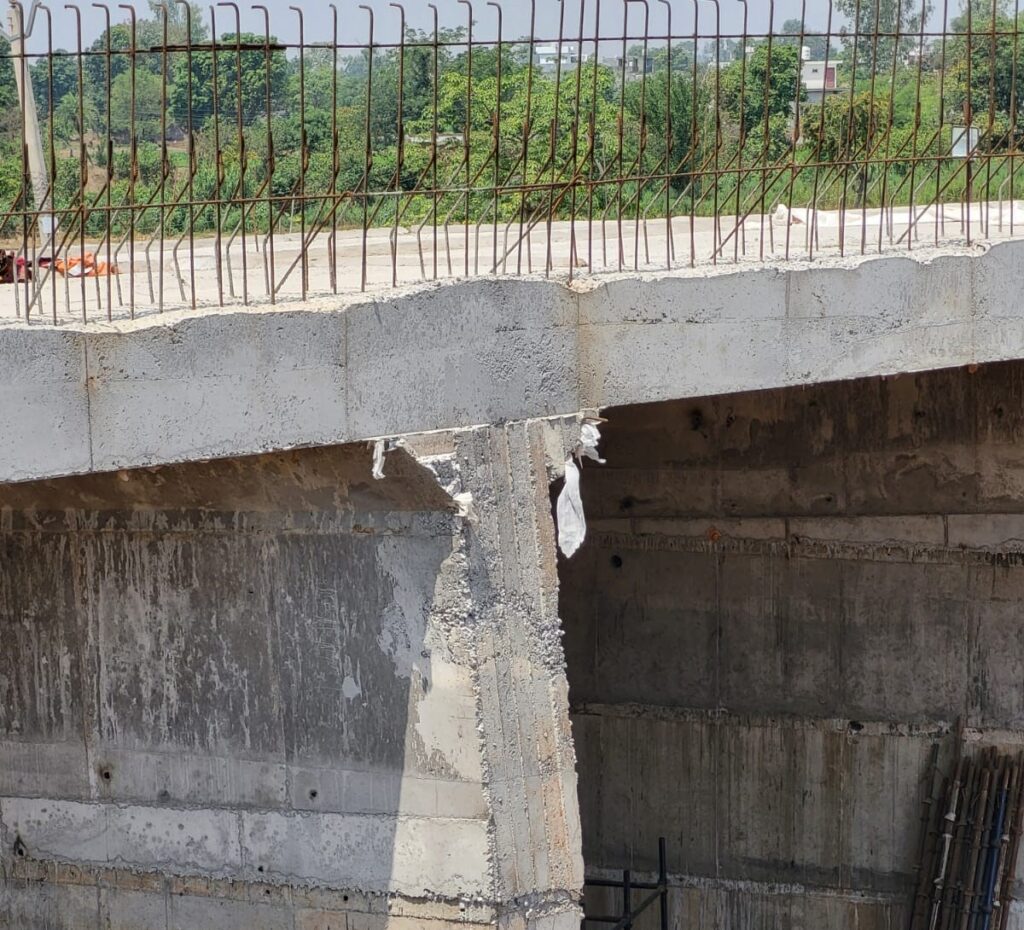
Pipe Culverts
Pipe culverts are cylindrical structures made from materials like concrete, steel, or plastic. They are the most common type of culvert used globally. its Generally less expensive to produce and install.
Pipe culverts are used in a wide range of applications, from small drainage systems to larger water management projects in both rural and urban settings.
Conclusion
Choosing the right type of culvert is crucial for effective water management and infrastructure longevity. Understanding the differences between slab, box, and pipe culverts helps in making informed decisions based on specific needs and conditions. With proper installation and maintenance, culverts can provide reliable service for many years.
What is the most common type of culvert?
Pipe culverts are the most common type due to their versatility and cost-effectiveness.
What materials are culverts made from?
Culverts can be made from concrete, steel, plastic, or advanced composite materials.
How do I know which type of culvert to use?
Consider factors such as water flow rate, load-bearing requirements, environmental impact, and cost to determine the best type of culvert for your needs.

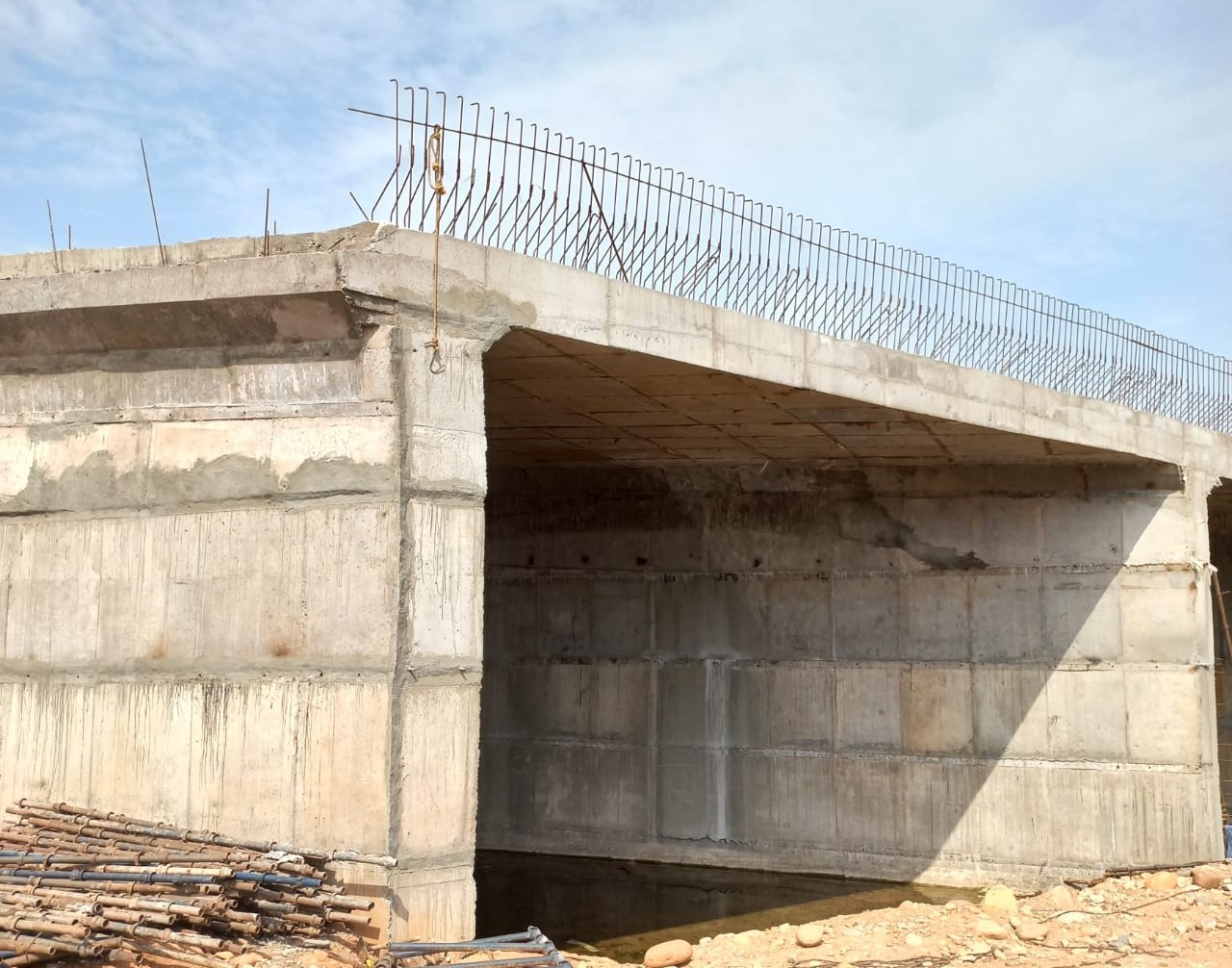
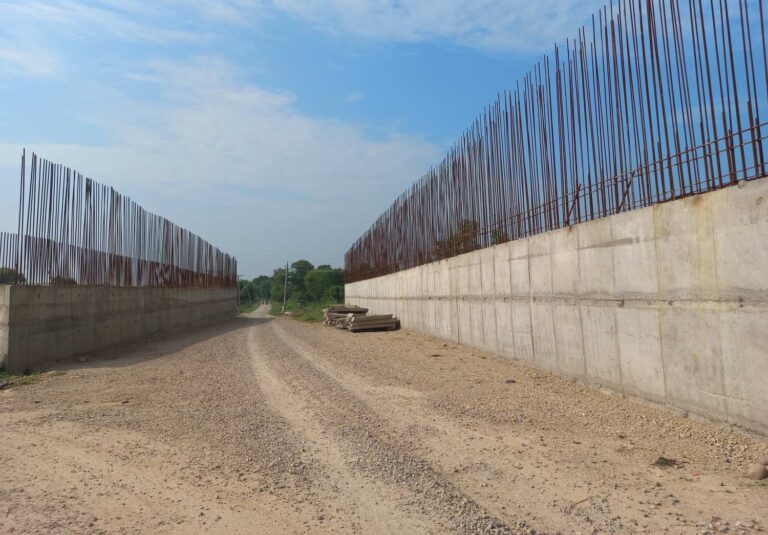
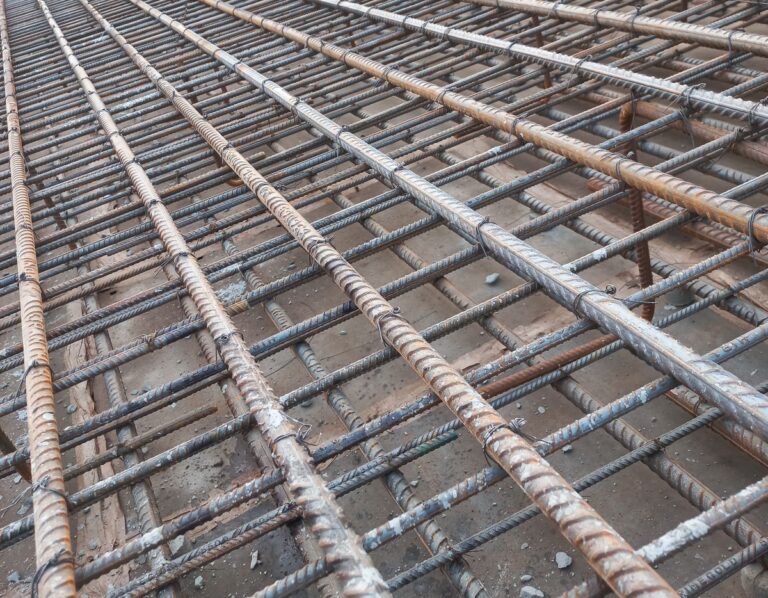
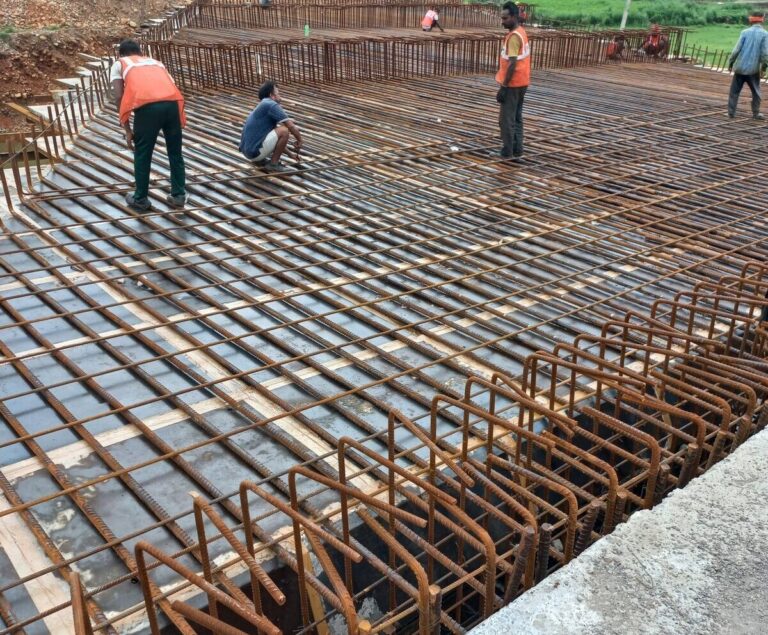




[…] the structure. Once everything is firmly in place, the concrete is poured, completing the apron slab construction. This results in a strong and durable apron […]
[…] beds, as it cannot withstand heavy loads. Due to its limited strength, PCC is not suitable for slabs, rafts, walls, or […]